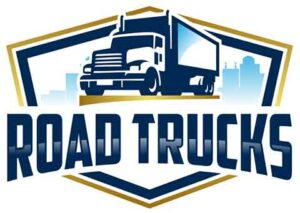You’ve got a job to do, and it requires a dump truck. Whether you’ll need the dump truck for a year or two or just a day, you need to assess how you’ll get your hands on one when you need it.
Renting a small dump truck costs around $300 per day. A 25-30 ton truck could cost anywhere from $1,500 to $2,000 daily. Leasing a truck could cost $8,000 per month for a small truck or $30,000 per month for a big truck. Either way, rates get better the longer the contract period.
Here’s the how and why behind the differences in the cost to rent or lease different dump trucks.
Different Size Dump Trucks
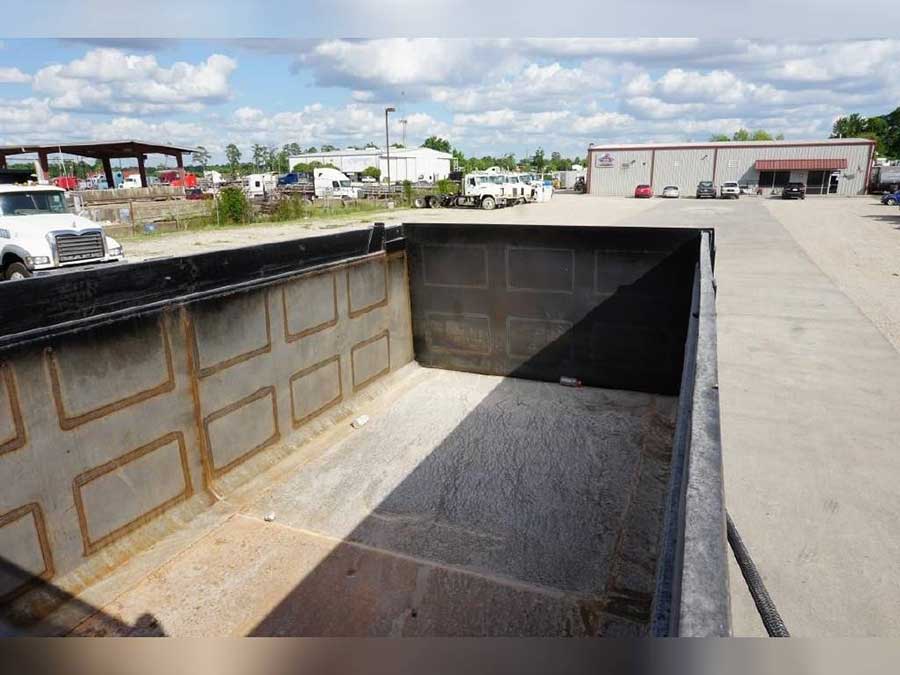
Dump trucks come in several sizes, and those sizes naturally come with different rates to rent and lease. A better quality truck with more capacity will cost more to rent or lease than a smaller truck.
The capacity of a dump truck is measured in cubic yards. You can measure cubic yards by measuring the length, width, and depth in feet, multiplying them all together, and dividing that number by 27 to convert the cubic feet into cubic yards. A full-size dump truck usually has a capacity of 10 to 16 cubic yards.
That’s the volume capacity. Each truck will also have a weight capacity, which is the amount of weight in payload it can carry safely. Bigger trucks will naturally have more weight capacity than smaller trucks, but trucks of the same size can also vary in weight capacity based on how they’re built.
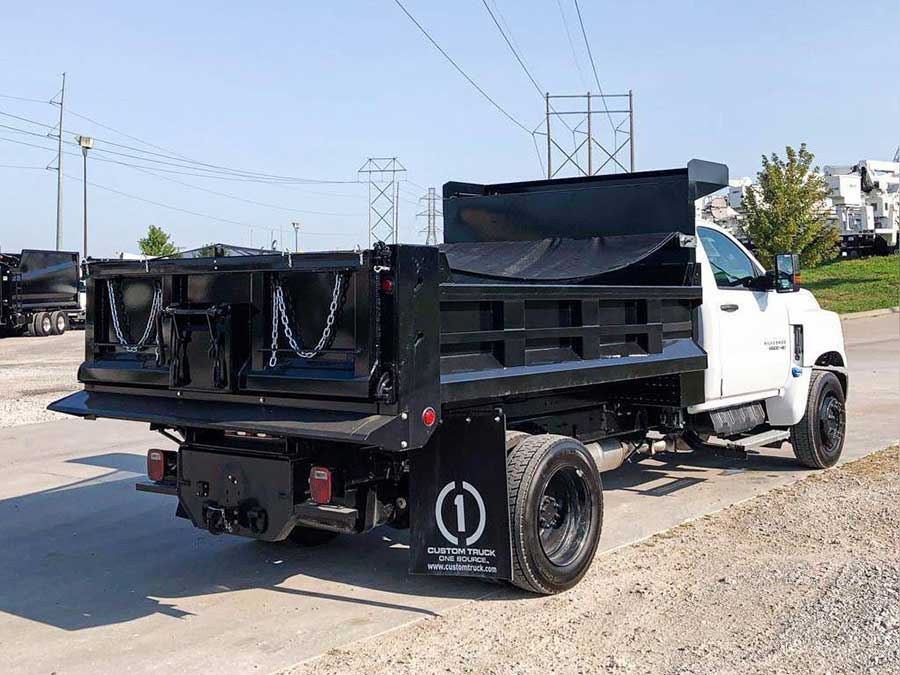
Small dump trucks are the cheapest to rent, usually costing between $200 and $400 daily. You might also be able to rent by the week for somewhere between $700 and $900 or by approximately monthly increments for $2000 to $2500.
Mid-range trucks with 12 to 14 yards of capacity should cost $700 to $800 per day, $1600 to $1800 per week, or $5400 to $5600 per month to rent.
Renting a heavy-duty truck could cost anywhere from $1500 to $2000 per day, $3700 to $4200 per week, or $8000 to $12000 per month.
These are approximate ranges. The actual price will depend on your location as well as the size and quality of the truck.
Leasing a bigger truck will cost more than leasing a smaller truck, but not simply because of its size. That’s because renting, and leasing are different enough that the owners of the trucks have different angles for their businesses.
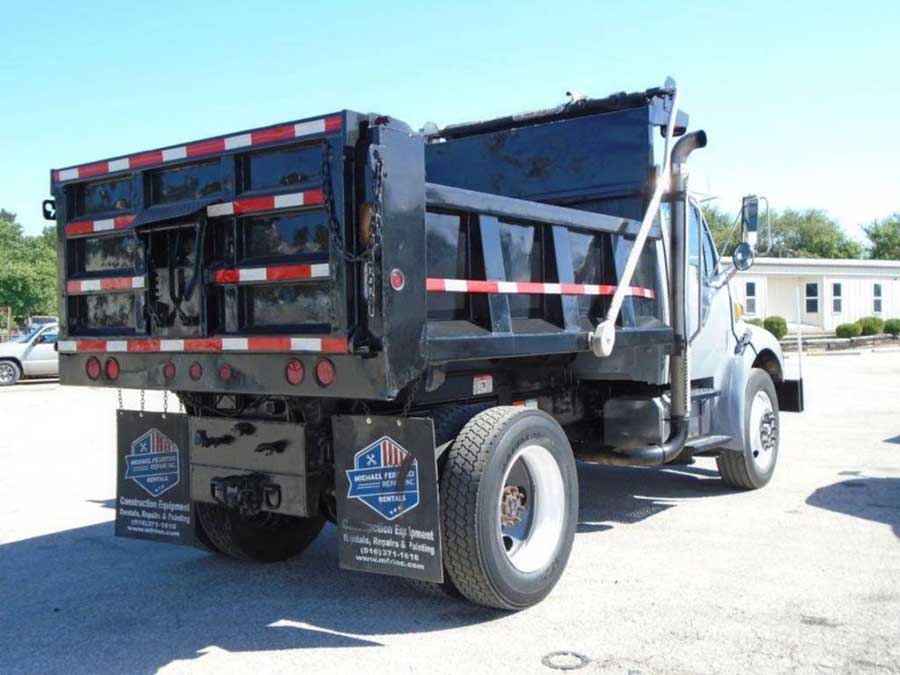
Renting vs. Leasing
When you know the capacity you need from a truck, you can decide whether you want to find one to rent or lease. The main differences between renting and leasing are the length of the contract and the price.
A rental contract may only cover a few days or weeks, while a lease may last for years. So if you only need the ruck for a short time, you will want to rent it. Renting is ideal for flexibility and only paying when you need the truck. If you try to rent for the long term, you may find that rent starts to increase after a few months.
If you’re going to need the truck for an extended period of time, then you should consider leasing it. Leasing is usually for businesses since they’re more of a commitment. You pay less per day than you would with a rental, but you’re obligated to uphold that payment for the length of the lease.
Unlike a rental, which charges you strictly for your truck use, leases are based on the truck’s price. That means that leasing can also be a way towards ownership of the truck: over the course of the lease, you’ll pay about the price of the truck, and some contracts will allow you to complete the purchase at the end of the lease period.
In either case, the rates decrease the longer the space of time the contract covers. That doesn’t mean that you ultimately pay less for your use of the truck, but it’s good to know. A rental contract that covers a month will usually charge you less per day than one that’s just a few days, and the monthly rate for a lease is less for a 60-month lease than for a 12-month lease.
So, before you rent or lease, do the math to find the best way to go about it. Will it be better to rent by the day, by the week, or by the month, or would leasing it be the better long-term option?
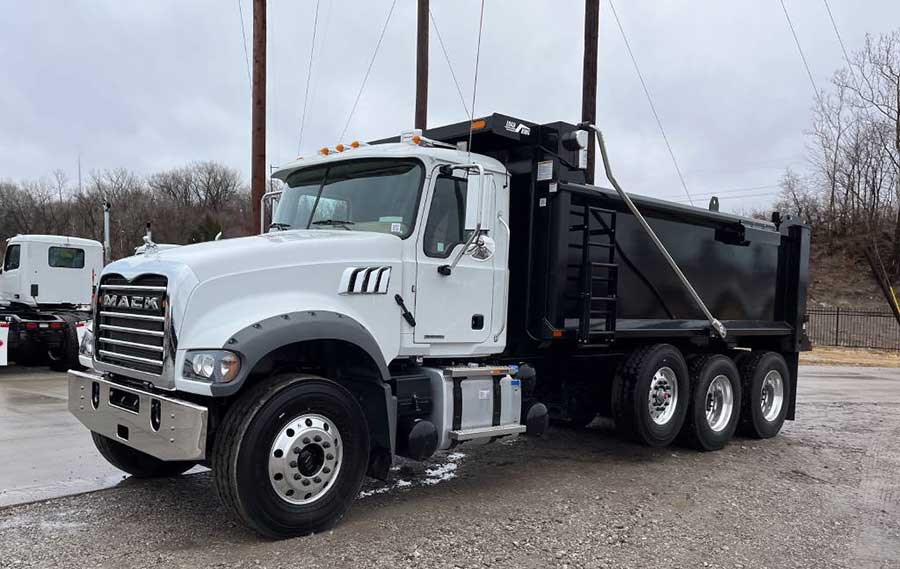
Non-CDL dump truck
If you need to drive a dump truck but you don’t have a CDL (commercial driver’s license), then you’ll need to choose a small dump truck with a GVWR of 26000 or less. A truck’s GVWR is its gross vehicle weight rating, or the maximum total weight of the truck when it’s filled to capacity.
Non-CDL dump trucks are relatively small compared to other dump trucks. These small dump trucks will have at most 5 to 6 cubic yards of payload capacity. The Ford F650 is a popular model for non-CDL dump beds, though you can’t expect every truck of that model to be non-CDL.
You can ensure that a truck is non-CDL by reading the label inside the doorjamb of the driver or passenger door. It should be near the top, and it will usually be labeled with the initials GVWR, though you might see GNVR instead: that’s the same thing, standing for gross net vehicle rating.
When you find the number on the label, you will know whether is non-CDL if the GVWR is 26000 or less. If it’s 26001 or more, it’s a CDL truck, and you’ll need a CDL to drive it.
Speaking of weight, make sure to stay under the truck’s weight capacity when loading it up. It’s easy to stay under the volume limit since you can see that, but staying under the weight limit will take some thinking. Keep in mind the weight of the cargo per yard, and use that to stay within the truck’s weight capacity.
